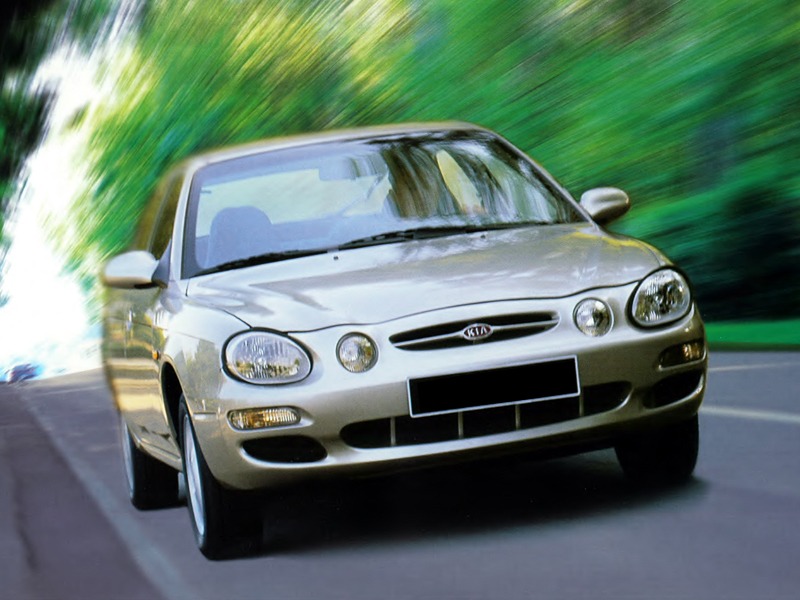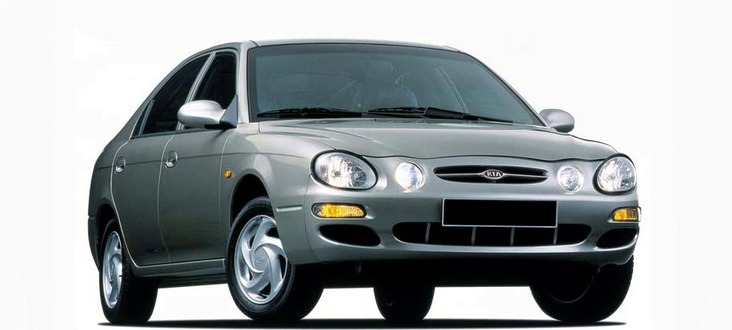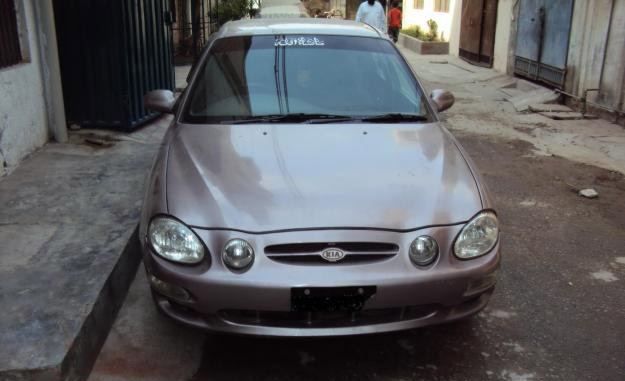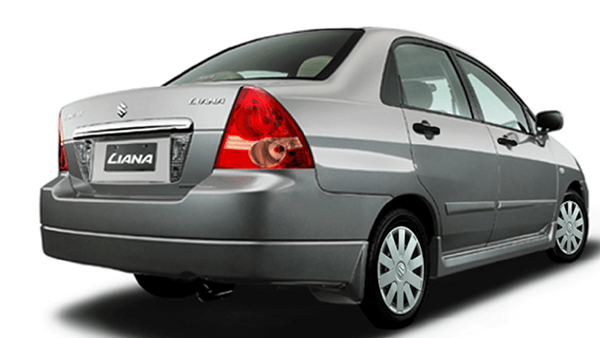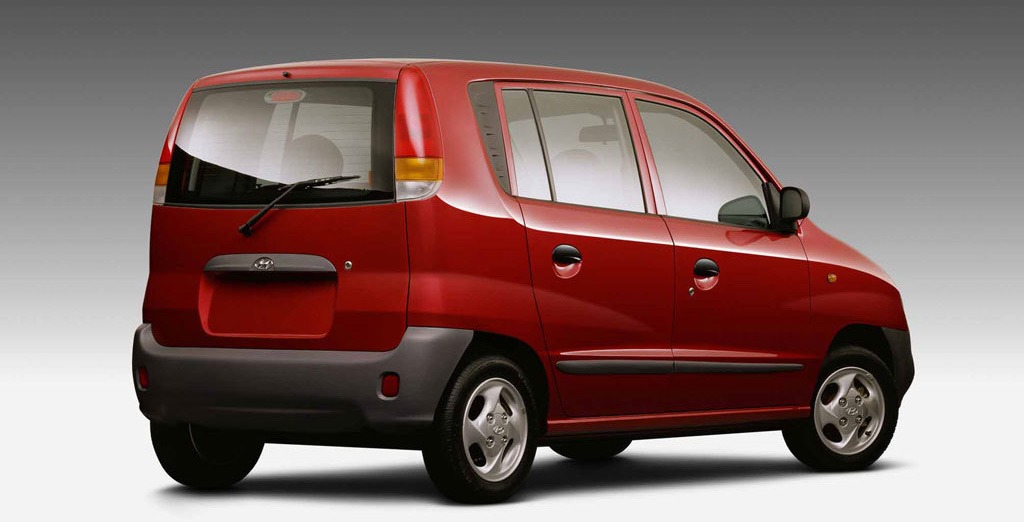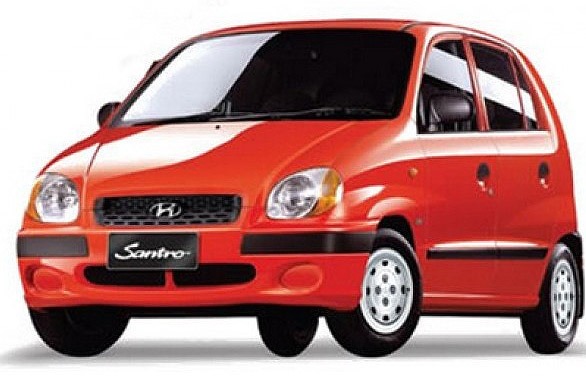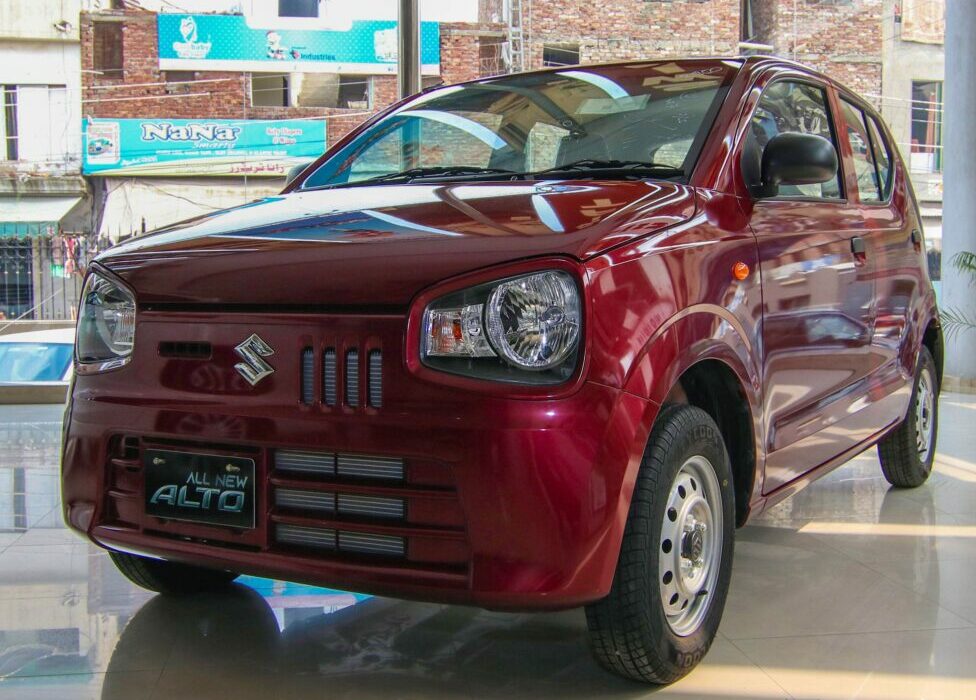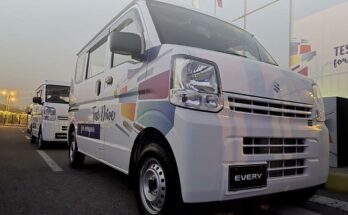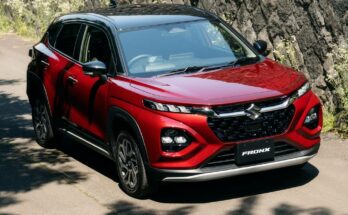Car manufacturing is a complex procedure. Automakers have to take several parameters into account in order to produce a successful vehicle.
Automobile manufacturers heavily invest in designing their cars in order to appeal to the masses. Looks are considered one of the key aspects of a successful vehicle. Furthermore, cars have to perform well, they should be comfortable, spacious, fuel-efficient, easy to maintain, safer for the environment as well as the occupants and what not.
Related: When Cars Looked Like Cars…
If an automaker is able to keep the right balance between different parameters, the result is a successful product otherwise the car proves to be a failure in the market. A car is generally considered a flop when automakers are just not able to get it right and the vehicle fails to attract buyers for various reasons.
Talking about our market, in particular, cars like the Chevrolet Aveo, Proton Impian, and Geely CK were simply not able to attract buyers in volume. Some cars such as the Kia Classic, Fiat Uno, Chevrolet Joy, or the Chery QQ did sell in limited numbers but were never able to achieve impressive sales figures and were quick to fade out of the market.
Related: A Look Back at FIAT in Pakistan
On the other hand, there were a few examples when the cars initially became extremely successful, driven by some staggering sales. They were instant hits and became the talk of the town and people in large numbers rushed to buy these cars. However, after enjoying a momentary success, these vehicles lost their charm quite badly and later became the most undesirable options available in the market.
Kia Spectra
In December 1998, Dewan Farooque Motor Company Limited (DFML) was incorporated. They made agreements with Hyundai and Kia to assemble and sell their vehicles in Pakistan. The company initially launched the Kia Classic (Pride-B) and Hyundai Santro Plus hatchback, but the following year introduced the Spectra sedan to compete in the 1.6-liter segment.
Related: KIA In Pakistan: Past And The Future..
Kia Spectra when launched in the year 2000 was priced at just PKR 7.39 lac and considering the space, equipment, and features on offer, the price was extremely competitive. The Spectra quickly rose to fame and people went crazy over it. The front-end was reminiscent of the 6th generation T200 Celica which was a popular poster-car of the 90s.
And while the Spectra was priced at PKR 7.39 lac only, the demand was so overwhelming that people even paid 300,000 on-money (premium) to get instant deliveries. In FY 2001-02 Dewan sold 2,287 units of Spectra which was twice as much compared to Suzuki Baleno in the same period, it was sure some achievement for a newcomer.
Kia Spectra between the years 2000 and 2002 sold an impressive 4,487 units before its collapse started. In the remaining three years (2003-2005) Dewan managed to sell only 568 units and the Spectra was ultimately discontinued.
So what actually went wrong with the car? Well, there are different stories. People blame the dealerships for trying to mint money by charging huge sums of money for minor problems that affect the reputation of the car. When the maintenance cost was sky-high, people who bought their cars by paying an outrageous premium started to sell them off as quickly as possible at a lower price in order to dampen their financial loss.
Related: Hyundai in Pakistan- The Past and The Future
When slightly used Spectras were available in the market at a cheap price compared to the ones standing at showrooms at a high premium, it raised quite a few alarms. It was technically sophisticated technology of its time with a DOHC Efi engine under the hood (bear in mind Indus was still selling the Corolla with a carburetor engine till 2002). That led to comparatively expensive maintenance while the fuel consumption of the car was not impressive at all.
Kia introduced factory-fitted CNG versions, called Spectra NGV, and later an improved version called Spectra Special with alloy rims and a few cosmetic add-ons, but it was too late. Within a few years, Spectra was available for less than half the price in the used car market and even then people didn’t consider it worth spending money on. Spectra within a short span of time went from Hero to Zero!
Suzuki Liana

In 2005 Pak Suzuki introduced the Liana sedan in Pakistan which was a replacement for the ageing Baleno. Local production of Suzuki Liana started in 2006 as initially the sedan was being imported as CBU.
Liana sedan did well in its initial years of production however the sales kept on a decline in the following years up to a time when hardly a dozen units were being sold in an entire month. Towards the end of its production, Liana sold at an average of just 160 units a year. For the sake of comparison, a Pak Suzuki Cultus sells at an average of 1,750 units a month.
Related: Pak Suzuki And The Sedan Segment
Suzuki Liana is a car that holds a very negative impression among people, there are a few things attributed to its failure. First, it was a Suzuki, the spares of which were as expensive as Honda. A lot of people expect Suzukis to be easy on the pocket since they used to be this way ever since. Suzuki still heavily relies on producing obsolete cars such as Mehran, Bolan & Ravi the maintenance of which is next to nothing. Even discontinued models like Cultus (old), Khyber, Alto & Margalla were very easy to maintain & spares were dirt cheap. This however wasn’t the case with the Liana.

The next issue was the way the car looked; people never really envied the design. Despite the tall height of the car, the low front bumpers used to get brushed on speed breakers & bumps ever so often. The dashboard tends to develop cracks more often than any other car in our market.
Related: Cars with Longest Production Span in Pakistan
It came with a factory-fitted highly advanced Sequential Ignition System CNG kit (SIS) which even the dealerships had a hard time understanding & fixing. Mechanics too, had a tough time due to its complex engine architecture. For example, as mentioned by a pro:
“Even thermostat cannot be changed without taking out the intake manifold. Taking the timing cover off means taking off, power steering pump, main pulley, AC compressor and one foundation. After that there are around 20 bolts to work with. If head gets de-shaped there is not much room for facing as the timing cover is single piece and is a tight fit. Nightmare for any mechanic as even a gasket change required engine to be taken out and if you try to do it without taking it out, it’s a 5 hour job to dismantle only. Also heating problem is common because of a stuck thermostat in closed position.”
By 2014 the production of Liana came to an end with some astonishing sales figures for a Suzuki-badged car in Pakistan. Liana in its last 8 years of production sold 6,127 units (averaging just 765 units a year) while it sold 6,067 units in 2006-07 alone. The perfect example of being a Hero to Zero!
Hyundai Santro
The last to qualify for being Hero to Zero is Hyundai Santro. First introduced in 1999, it was called the Santro Plus– a tall hatchback with high-mounted rear lamps. However, by 2002-03, Dewan introduced the more appealing Santro Club and the sales went sky high.
Related: 2018 Hyundai Santro Caught Testing in India Ahead of Official Debut
It was a prime choice among the 1000cc hatchbacks in Pakistan alongside Pak Suzuki Alto and Cultus, Furthermore, it was the only locally assembled fuel-injected hatchback of its era. The fully loaded Santro Exec version was the most expensive hatchback available in Pakistan at its time, still, there was a healthy premium on Hyundai Santro. However, things didn’t go so well for long.

The key problem was Dewan’s downfall. In 2004 Dewan acquired Pakland Cement for Rs 1.1 billion in cash soon after which Dewan group started to post losses cascading into problems for the entire group in just 24 months. Things kept turning from bad to worse and by 2008, Dewan had vanished from mainstream news and were eventually declared the defaulters of over Rs 40 billion.
Santro’s sales till 2005-06 were well above 7,000 units a year, however in 2007 its sales were cut in half as only 3,470 units were sold. By 2008-09 Santro’s per year sales were just 404 units while it kept on getting hopeless in 2009-10 with just 244 units sold. By 2010 the Santro was completely out of production.
Another major reason was the influx of used JDM cars in our market. Toyota Vitz (first gen) was a fresh craze back then and while Santro was available for nearly PKR 6.8 lac for the flagship Exec variant, the better-equipped Vitz was available for as low as PKR 5.0 lac while the 2-door version was even available for PKR 4.4 lac or less. This severely dented the sales of Santro.
Related: Understanding JDM, Imported & Local Assembled Cars
 Furthermore, the Santro was unchanged during all those years. Already being in the market for like 8 years, it was high time for Dewan to launch an updated version of the hatchback but since the group was itself stuck in financial woes, it was never possible.
Furthermore, the Santro was unchanged during all those years. Already being in the market for like 8 years, it was high time for Dewan to launch an updated version of the hatchback but since the group was itself stuck in financial woes, it was never possible.
In 2013-14 the Santro made a brief comeback, but obviously, since it was more than a decade-old car, there was absolutely no chance of getting back into the success stream. It sold just 152 units in 2013-14 and only 50 units in 2014-15 before being completely written off in history. That was Hyundai Santro’s story from being a Hero to Zero in Pakistan.

A computer animation professional with over 23 years of industry experience having served in leading organizations, TV channels & production facilities in Pakistan. An avid car enthusiast and petrolhead with an affection to deliver quality content to help shape opinions. Formerly written for PakWheels as well as major publications including Dawn. Founder of CarSpiritPK.com

